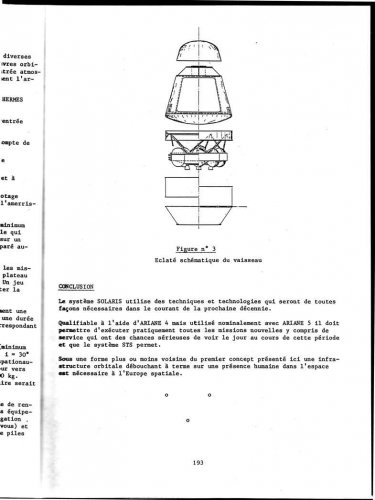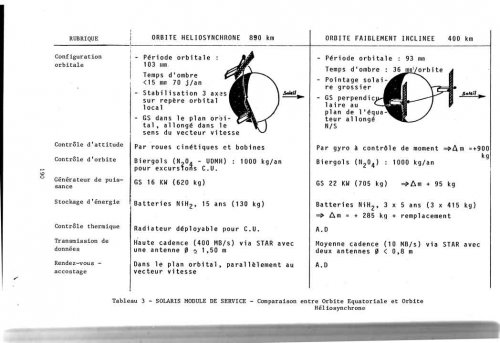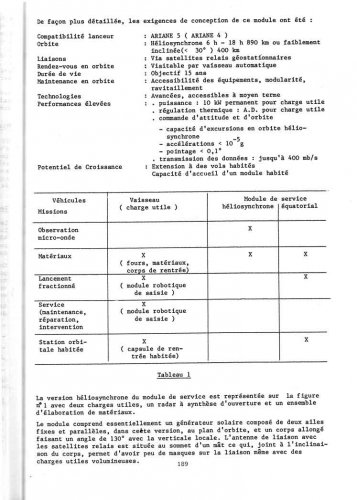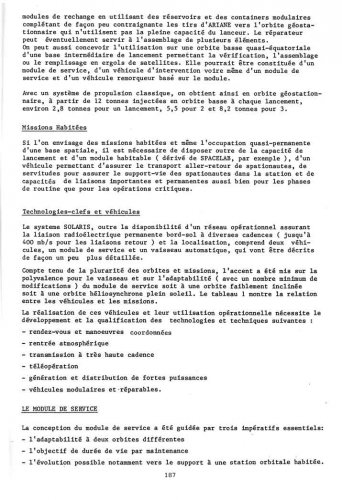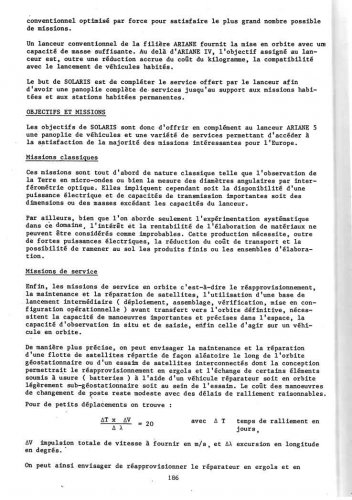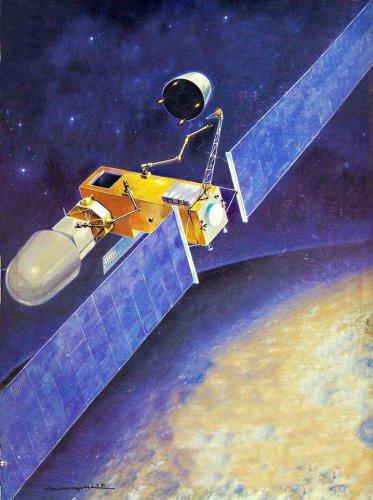- Joined
- 13 August 2007
- Messages
- 7,875
- Reaction score
- 8,998
in begin of 1980s at French CNES
was study made about Scientific Platform in Polar Orbit.
It had to be service by Unmanned capsule in first phase, later bigger capsule called Minotaur, who could fly also manned in second phase.
so fare, i know the study had heavy competition with Hermes space glider, who mutated to French Space Shuttle.
in end the Scientific Platform concept became The Columbus Man-Tended Free Flyer (MTFF).
Source of dossier
CNES
The Future of Launcher in Europe
(transcript of conference Paris 19-21 January 1982)
was study made about Scientific Platform in Polar Orbit.
It had to be service by Unmanned capsule in first phase, later bigger capsule called Minotaur, who could fly also manned in second phase.
so fare, i know the study had heavy competition with Hermes space glider, who mutated to French Space Shuttle.
in end the Scientific Platform concept became The Columbus Man-Tended Free Flyer (MTFF).
Source of dossier
CNES
The Future of Launcher in Europe
(transcript of conference Paris 19-21 January 1982)


